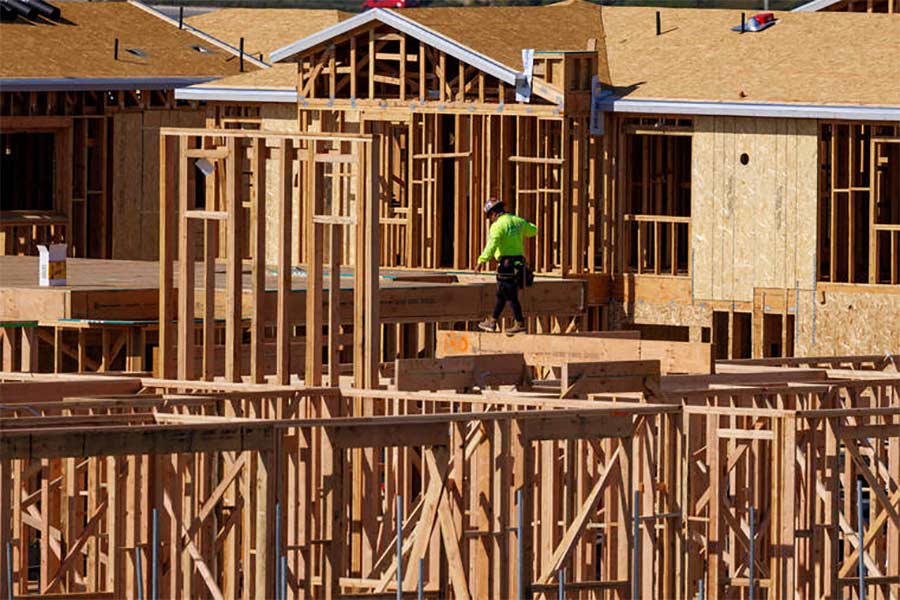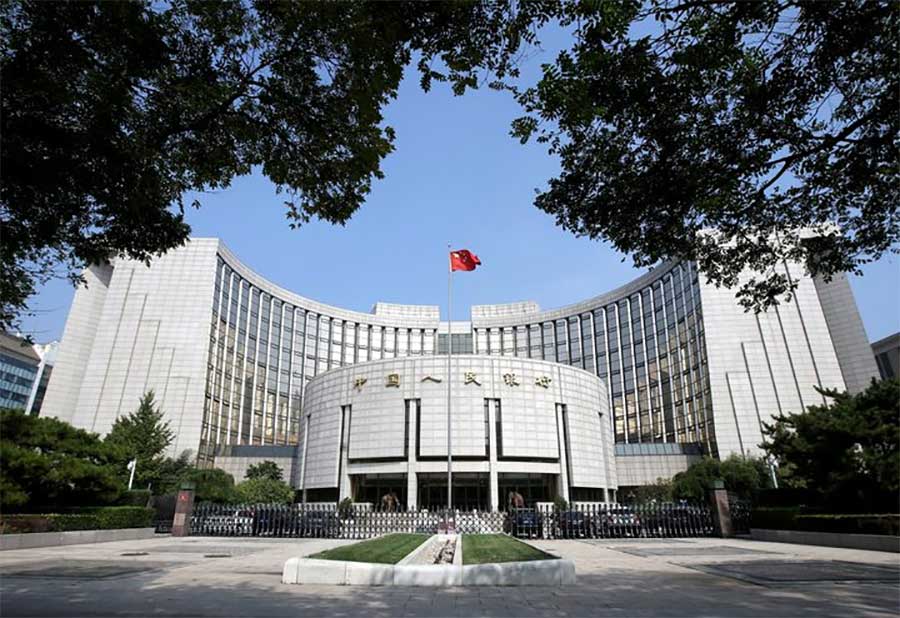By Lucia Mutikani
WASHINGTON- US economic growth likely picked up in the second quarter, spurred by solid consumer spending and inventory building, but the pace of expansion should still leave expectations of a September interest rate cut from the Federal Reserve intact.
The Commerce Department’s advance report on second-quarter gross domestic product on Thursday is also expected to show inflation slowing considerably last quarter, with sub-3 percent readings on all measures, welcome news for US central bank officials ahead of their two-day policy meeting next week.
The economy, which continues to outperform its global peers despite hefty rate hikes from the Fed in 2022 and 2023, remains supported by a resilient labor market even as the unemployment rate has risen to a 2-1/2-year high of 4.1 percent .
“The economic expansion is tracking the Goldilocks outlook, which is slower growth and a lower rate of inflation,” said Brian Bethune, an economics professor at Boston College.
“Consumer spending is keeping things in motion.”
Gross domestic product likely increased at a 2.0 percent annualized rate last quarter, according to a Reuters survey of economists. It would be just above the 1.8 percent pace that Fed officials regard as the non-inflationary growth rate. Estimates ranged from a 1.1 percent rate to a 3.4 percent pace.
The survey was, however, conducted before Wednesday’s advance indicators data, which showed the goods trade deficit narrowing in June and retail and wholesale inventories increasing. The data prompted the Atlanta Fed to trim its second-quarter GDP estimate to a 2.6 percent rate from a 2.7 percent pace.
The economy grew at a 1.4 percent rate in the first quarter. Still, growth would remain considerably slower than the 4.2 percent pace logged in the second half of last year.
Consumer spending, which accounts for more than two-thirds of the economy, is forecast to have increased at around a 2.0 percent rate after slowing to a 1.5 percent pace in the January-March quarter. Much of the increase in spending was in June.
Businesses accumulated more inventory, which economists estimated could add at least a full percentage point to GDP growth, after being a drag for two straight quarters. Despite the anticipated boost from inventories, economists expected growth in domestic demand at around a 2.4 percent pace.
The anticipated rise in GDP growth bodes well for an acceleration in productivity, which would slow the pace of increase in labor costs and ultimately price pressures. The personal consumption expenditures price index, excluding the volatile food and energy components, is forecast increasing at a 2.7 percent rate after surging at a 3.7 percent pace in the first quarter.
The so-called core PCE is one of the inflation measures tracked by the Fed for its 2 percent target. The government’s broadest gauge of prices in the economy, the gross domestic purchases price index, is seen rising at a 2.6 percent pace after jumping at a 3.1 percent rate in the January-March quarter.
“Inflation may well turn out to be a bigger story than the actual growth numbers,” said Dan North, senior economist at Allianz Trade North America.
The Fed has maintained its benchmark overnight interest rate in the current 5.25 percent -5.50 percent range for the past year.
It has hiked its policy rate by 525 basis points since 2022, and a moderation in inflation, combined with a cooling labor market would boost financial market expectations for three rate cuts this year, starting in September.





